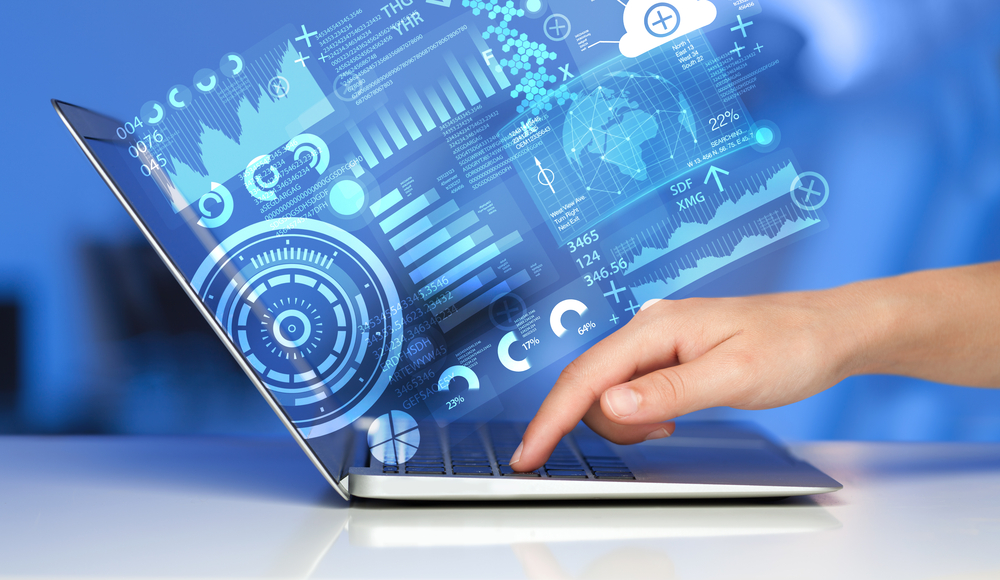Can Machines Price Better than Humans?
 PriceBeam
·
4 minute read
PriceBeam
·
4 minute read
.png?width=1055&height=443&name=Infographics%20(1).png)
As artificial intelligence (AI) and machine learning (ML) technologies advance, they revolutionize business pricing strategies, introducing a crucial debate: Can machines outperform humans in pricing?
The role of AI in pricing has sparked a debate on whether algorithms can outperform human expertise in determining optimal prices. AI-driven algorithms are now capable of processing and analyzing data at a scale and speed unattainable by human experts. This computational power enables more accurate and nuanced pricing models that can adapt to market changes in real-time.
The application of AI in pricing can be broken down into several key areas:
- Data Analysis: AI algorithms can sift through massive datasets to find relevant pricing factors.
- Price Optimization: Machine learning models can determine the optimal price points for various products and services.
- Competitive Analysis: AI tools can monitor competitors' pricing and adjust strategies dynamically.
- Customer Segmentation: Advanced analytics can group customers based on purchasing behavior, enabling targeted pricing.
These advancements not only enhance the efficiency of pricing mechanisms but also open up new possibilities for personalized pricing and promotions that can drive sales and customer satisfaction.
But here is the real deal question…
Can Machines Really Price Better than Humans?
Let's delve into the YES and NOs and understand the reasons behind each perspective!
Why YES
AI and machine learning have really changed the game in pricing. They can work through huge piles of data super-fast, finding trends and details that people might miss. This lets them change prices on the fly based on what customers want, how the market's doing, and how much stock is left. Plus, they don't get swayed by emotions like people do, making their pricing more on-point and fair. This is great for businesses because it means they can make more money, stay ahead of the competition, and quickly adapt to new market trends.
The following points provide a compelling exploration into the capabilities of AI in the context of pricing, underscoring the technological advancements that could tilt the balance in favor of machines over human judgment.
However, we are still going to mention some good reasons for why humans might still outperform machines in pricing, to give you a fair discussion!
- Speed and Scale: AI can analyze massive datasets much faster than humans, allowing for real-time pricing adjustments based on current market data.
- Accuracy: With advanced algorithms, AI reduces human error, making pricing strategies more precise and reliable.
- Predictive Analytics: AI can forecast future market trends and consumer behavior, enabling proactive pricing decisions before changes occur.
- Objectivity: AI eliminates emotional and cognitive biases from pricing decisions, leading to more rational and data-driven outcomes.
- Efficiency: It can continuously monitor and adjust prices for a large number of products across different markets, optimizing profitability and competitiveness without the need for constant human intervention.
.png?width=762&height=320&name=English%201%20(1).png)
Why NOT
Using machines to decide prices isn't perfect. Sometimes, if the data they use isn't right, it can lead to prices that aren't fair or even discriminatory, especially if no one's keeping a close watch. Machines don't really get ethics or cultural norms, and they might miss the finer points of what people actually do or want, which isn't always in the data. Also, AI can be pretty complex, turning into a bit of a mystery box where it's hard to tell how it's making its decisions. This can make people lose trust and even attract attention from regulators.
Despite the technological prowess of AI, there are intrinsic human qualities and insights that play a crucial role in pricing decisions, underscoring the value of human judgment in areas where AI may fall short:
- Ethical Considerations: Humans can take into account ethical concerns, ensuring pricing strategies are fair and do not discriminate against certain groups.
- Understanding Nuance: Better at interpreting complex social and psychological factors that might influence pricing, such as consumer sentiment or brand value.
- Adaptability to Novelty: Can quickly adapt pricing strategies to unforeseen events or new market conditions that AI might not be programmed to handle
- Creativity and Innovation: Human insight can lead to innovative pricing strategies that AI, which relies on historical data, might not conceive.
- Building Trust and Relationships: Humans can use pricing as a tool to build customer relationships and loyalty, understanding and valuing the customer beyond just data points.
Let's explore public opinion on this discussion!
%20PriceBeam_%20Company%20Page%20Admin%20_%20LinkedIn.png?width=539&height=305&name=(2)%20PriceBeam_%20Company%20Page%20Admin%20_%20LinkedIn.png)
Our most recent poll shows that most people think the best way to set prices is by using both people and computers together.
Shall we explore this idea more in-depth?
The Power of Combining Humans and AI
The most effective pricing strategy likely lies in the synergy between human intuition and machine efficiency. By combining the computational prowess of AI with the nuanced understanding and ethical judgment of humans, businesses can achieve a balanced and effective pricing strategy. Humans can provide oversight to AI-generated pricing, ensuring that decisions align with ethical standards and business values, and intervening when necessary to adjust for factors that the algorithm may not fully comprehend. This collaborative approach leverages the strengths of both humans and machines, allowing for data-driven efficiency complemented by human empathy and strategic oversight. The combination can lead to innovative pricing strategies that not only optimize for profitability but also maintain fairness, transparency, and customer trust, illustrating the potential for a more nuanced and effective approach to pricing in the digital age.
Let’s take a look at how AI can transform pricing strategies with human intervention and achieve maximum results:
1. Analyzing Vast Databases:
AI boosts pricing strategies by quickly and accurately going through huge databases, something that's hard for humans to do without missing details. With machine learning, AI predicts future sales and market trends from past data, helping businesses set the right prices even when the market keeps changing.
2. Predicting Customer Behavior:
AI does more than just crunch numbers; it figures out and predicts what customers will do next. This means businesses can set prices that not only make more sales but also fit what each customer is likely to spend, making shopping feel more personal and increasing customer happiness.
3. Dynamic Price Adjustment:
AI brings in the game-changing ability to change prices on the fly, based on things like how much people want something or how much of it is left. This dynamic pricing helps businesses stay ahead, making sure they're always ready to make the most sales and profits by adjusting prices as things change. AI is super good at this because it learns and adapts over time, making sure businesses can keep up with the fast pace of the market.
Conclusion
So, looking at the ups and downs of both sides, it's pretty clear that both humans and computers have their strong points when it comes to setting prices. AI tools are super fast and don't make mistakes with numbers, which is awesome for keeping up with loads of info and changing prices quickly. But humans are great at thinking about the bigger picture, like what's fair, and being creative with new ideas that a computer might not come up with on its own. Putting these two together looks like the winning move. Imagine having the speed and accuracy of a computer mixed with the smarts and heart of a human.
This combo could mean businesses get really good at setting prices that are fair, make customers happy, and still make a profit. It's like getting the best of both worlds, and it could be the way all businesses decide to go in the future.
Want to learn more? Book a call with one of our experts ⬇️
.png?width=400&height=100&name=PBLogoTransparent%20(1).png)




